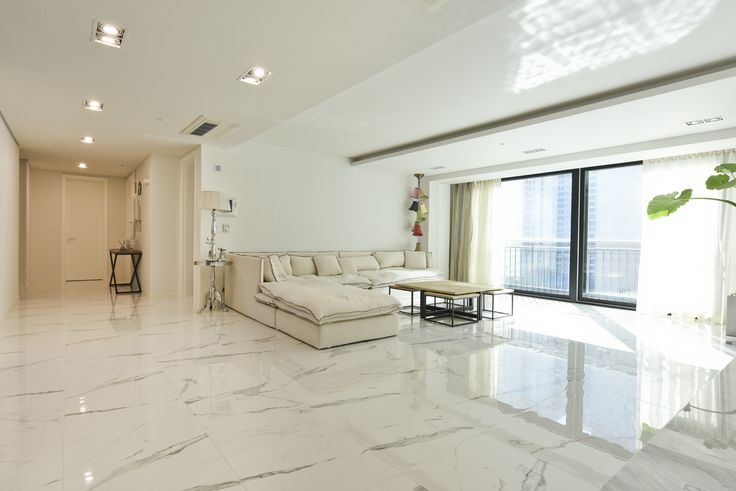When it comes to selecting and installing tiles, it’s essential to be informed and vigilant to ensure quality, durability, and aesthetics. In this guide, I’ll walk you through key points to consider when choosing tiles, common installation mistakes, and how to ensure your contractor does a quality job. These simple tips will empower you, whether you’re selecting tiles in the market or overseeing their installation at home.
1. Branded vs. Non-Branded Tiles: Which Should You Choose?
One of the most common questions is whether to go with branded or non-branded tiles. While both options have their pros and cons, non-branded tiles can be a great choice if you’re on a budget, as the quality is generally similar to branded tiles but without the added cost of brand marketing.
- Cost Difference: Branded tiles are often more expensive due to advertising and marketing costs. If you’re tiling a large area, like 1000 sq. ft., non-branded tiles could save you a substantial amount.
- Design Variety: Non-branded tiles may have more designs to choose from, though branded tiles are often curated by architects or designers to reflect current trends.
2. Things to Watch Out for When Buying Non-Branded Tiles
If you decide to go with non-branded tiles, here are a few things to keep in mind to avoid common pitfalls:
- Stock Consistency: Confirm with the supplier that all the tiles needed are available in stock. If they only have part of your order in stock, the rest may come from different manufacturing lots, leading to lot variation (differences in color or pattern).
- Quantity: Always buy 10% more tiles than you need to cover any damages during installation. This extra buffer ensures you won’t have to compromise on aesthetics due to slight differences in newer tiles.
3. The Importance of Signing Your Tile Sample
To avoid receiving tiles that differ from what you selected in the showroom, take a photo of the sample tile, sign the corner, and instruct the supplier to send that sample along with your order. This simple step holds the supplier accountable and ensures that what you receive matches your selection.
4. Choosing the Right Anti-Skid Tiles for Wet Areas
In spaces like bathrooms, kitchens, and balconies, anti-skid tiles are essential for safety. Here’s how to check for anti-skid quality:
- Slip Test: Stand on the tile and gently try to slide your shoe. If there’s resistance, it’s an anti-skid tile. Matt-finish tiles might look similar but don’t provide the same safety.
5. Don’t Be Fooled by Showroom Lighting
Showroom lighting often makes tiles look more vibrant. To avoid disappointment, take the tile sample outside or turn off the showroom lights to see the tile’s true color in natural light. This will help you pick a tile that looks just as good at home.
How to Check the Tile Installation Quality
If you’ve already bought your tiles and are ready to start installation, here’s how to monitor the process to ensure everything goes smoothly. Knowing these tips will also signal to the mason that you’re informed, reducing the chance of shortcuts.
- Check Mortar Ratio: For proper adhesion, you need around 3-4 bags of cement per 100 sq. ft. of tile. Too little cement can cause tiles to pop off, while too much may create air pockets, leading to tile breakage.
- Ensure Proper Slope in Wet Areas: In bathrooms and kitchens, the slope directs water to the drain. Confirm with the mason that there is a slight incline in these areas to prevent water from pooling.
- Tile Drop in Shower and Drain Areas: The tile directly surrounding the drain should be set slightly lower than the other tiles to direct water flow. Additionally, consider using drain channels for a sleek, low-maintenance solution.
- Inspect the Tile Cutting Blade: The quality of cuts directly affects how well the tiles fit, especially around edges and corners. A quality blade will result in cleaner cuts and better tile alignment, so check that the mason is using a sharp, durable blade.
Final Takeaway: Investing time in understanding tile selection and installation processes can save you significant costs and hassle. Whether it’s choosing the best tile for your budget, ensuring stock consistency, or monitoring installation quality, these steps will help you achieve a stunning and durable result.

